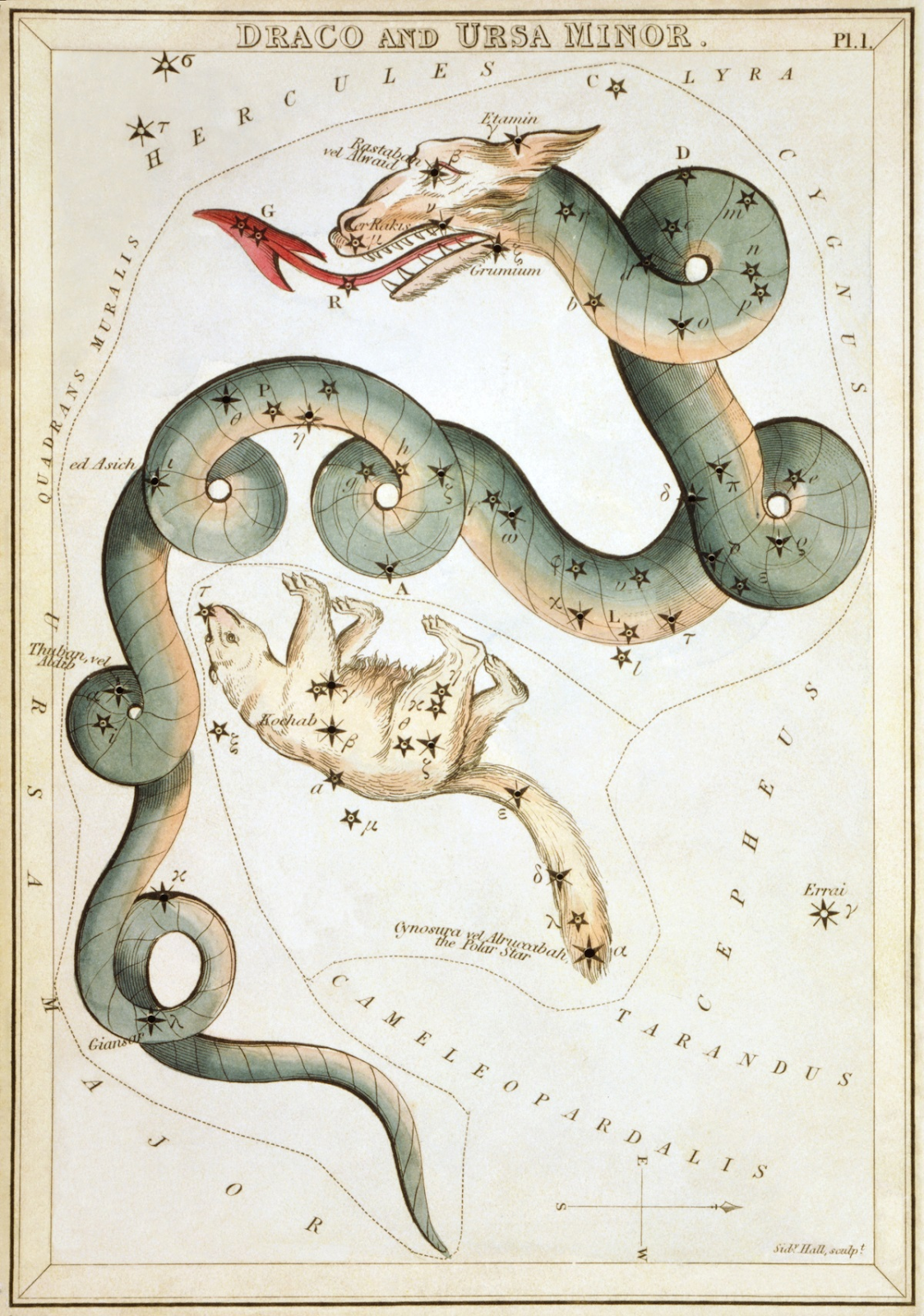In December another trojan impact highlighted with the first Russian female flying on spacex 5.
Crew 5/DRACO
Flying diamondback dragon/pentagonal sky serpent = draco/thuban
K2/giza comet of Hercules/draco trojan code directly from deep impact
Spacex 5 Set for launch which will coincide with the impact of dart/draco in fall
--
https://medium.com/nakshatra/the-sky-this-month-october-as-the-dragon-breathes-fire-and-the-hunter-lights-his-torch-the-86bdbd708210
--
Fall impact and the Tree of Ladon/Osiris
Tree of Osiris
---
Plutarch recounts one version of the Osiris myth in which Set (Osiris' brother), along with the Queen of Ethiopia, conspired with 72 accomplices to plot the assassination of Osiris.[27] Set fooled Osiris into getting into a box, which Set then shut, sealed with lead, and threw into the Nile. Osiris' wife, Isis, searched for his remains until she finally found him embedded in a tamarisk tree trunk, which was holding up the roof of a palace in Byblos on the Phoenician coast. She managed to remove the coffin and retrieve her husband's body.
Followed closely by the world cup in the draco ship made of Osiris/Ladon:
Watson Mills and Roger Bullard suggest that during the Old Kingdom of Egypt, Byblos was virtually an Egyptian colony.[18] The growing city was evidently a wealthy one and seems to have been an ally (among "those who are on his waters") of Egypt for many centuries. First Dynasty tombs used timbers from Byblos. One of the oldest Egyptian words for an oceangoing boat was "Byblos ship".
The Phoenician city, known to the Greeks as Býblos (Βύβλος) and to the Romans as Byblus, was important for their import of papyrus from Egypt.[14] The English word "Bible", ultimately deriving from the Greek words bíblos (βίβλος) and biblíon (βιβλίον), may have originated with the Greeks' mispronunciation of the city[3][15][16] or its Egyptian export.[17]
- Ain el-Malik or King’s Spring, about 20 m deep, is a large cavity accessible by spiral stairs. Once it supplied the city with water. [52]According to Plutarch’s version of the Egyptian Osiris myth, the king’s servants met Isis on the stairs of the spring and took her to the royal palace, where she found the body of her husband Osiris embedded in one of the palace pillars.[53]
Khufu ship:
The ship was one of two[2] rediscovered in 1954 by Kamal el-Mallakh – undisturbed since it was sealed into a pit carved out of the Giza bedrock. It was built largely of Lebanon cedar planking in the "shell-first" construction technique, using unpegged tenons of Christ's thorn.
The djed, also djt (Ancient Egyptian: ḏd 𓊽, Coptic ϫⲱⲧ jōt "pillar", anglicized /dʒɛd/)[1] is one of the more ancient and commonly found symbols in ancient Egyptian religion. It is a pillar-like symbol in Egyptian hieroglyphs representing stability. It is associated with the creator god Ptah and Osiris, the Egyptian god of the afterlife, the underworld, and the dead. It is commonly understood to represent his spine.
The djed may originally have been a fertility cult related pillar made from reeds or sheaves[3] or a totem from which sheaves of grain were suspended[4] or grain was piled around.[5] Erich Neumann remarks that the djed pillar is a tree fetish, which is significant considering that Egypt was primarily treeless. He indicates that the myth may represent the importance of the importation of trees by Egypt from Syria.[6] The djed came to be associated with Seker, the falcon god of the Memphite Necropolis, then with Ptah, the Memphite patron god of craftsmen.[7] Ptah was often referred to as "the noble djed", and carried a scepter that was a combination of the djed symbol and the ankh, the symbol of life.[3] Ptah gradually came to be assimilated into Osiris. By the time of the New Kingdom, the djed was firmly associated with Osiris.[3]
-
the great pyramid being centered on the djet tree spine of osiris pointed at osiris/draco
Dragon tree has its mythical start in the story of Hercules and his encounter with Ladon. Ancient Greek legend has it that Ladon was a serpent-like dragon. He had a hundred heads and lived twisted around a tree in the Garden of the Hesperides guarding the golden apples.
The Egyptian Solar Dhow made of the tree of draco central to the world cup
-
The world cup will also coincide with K2
-
Egypt symbolic opening ritual















No comments:
Post a Comment